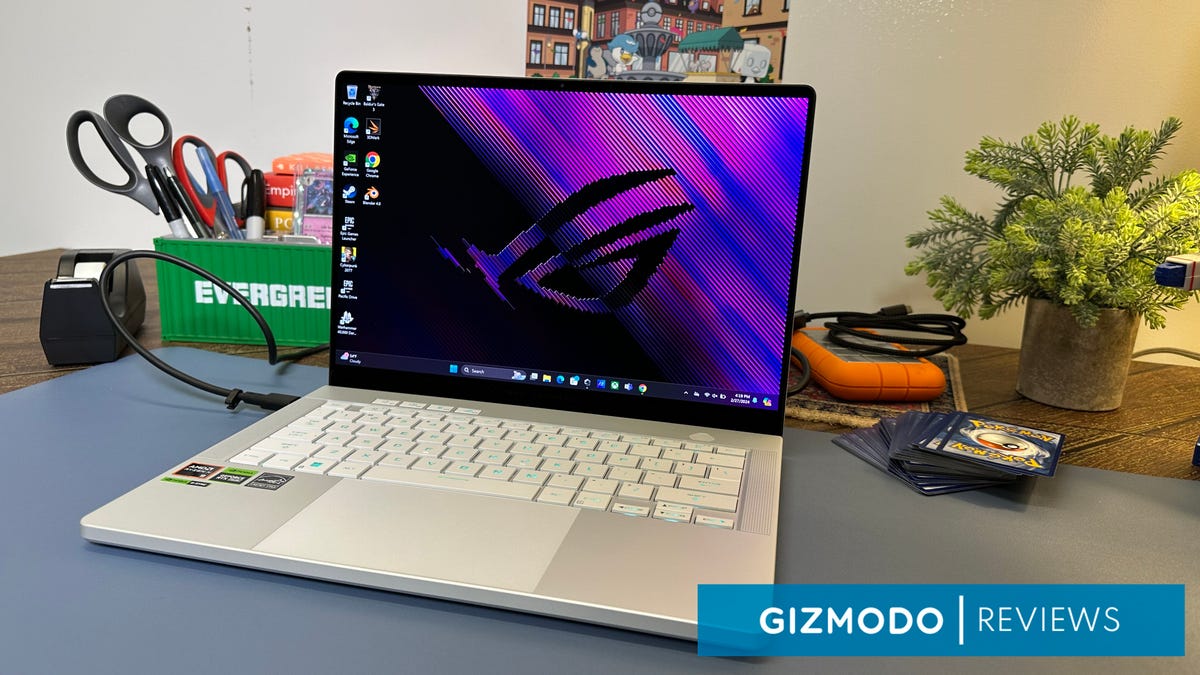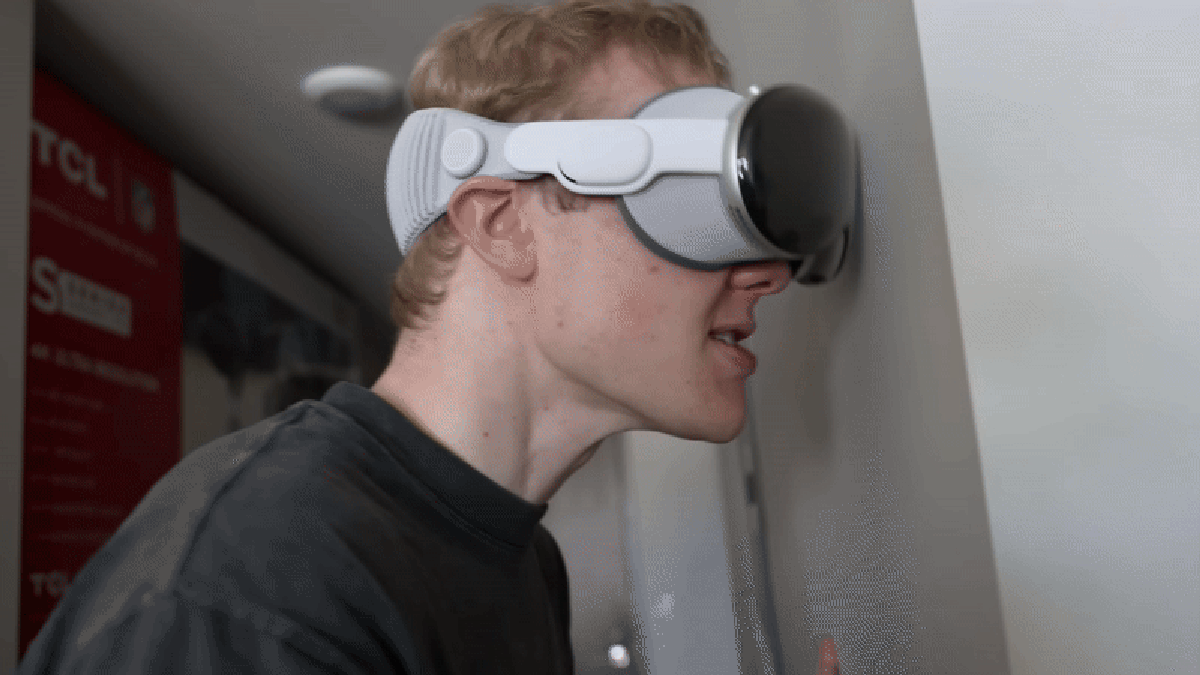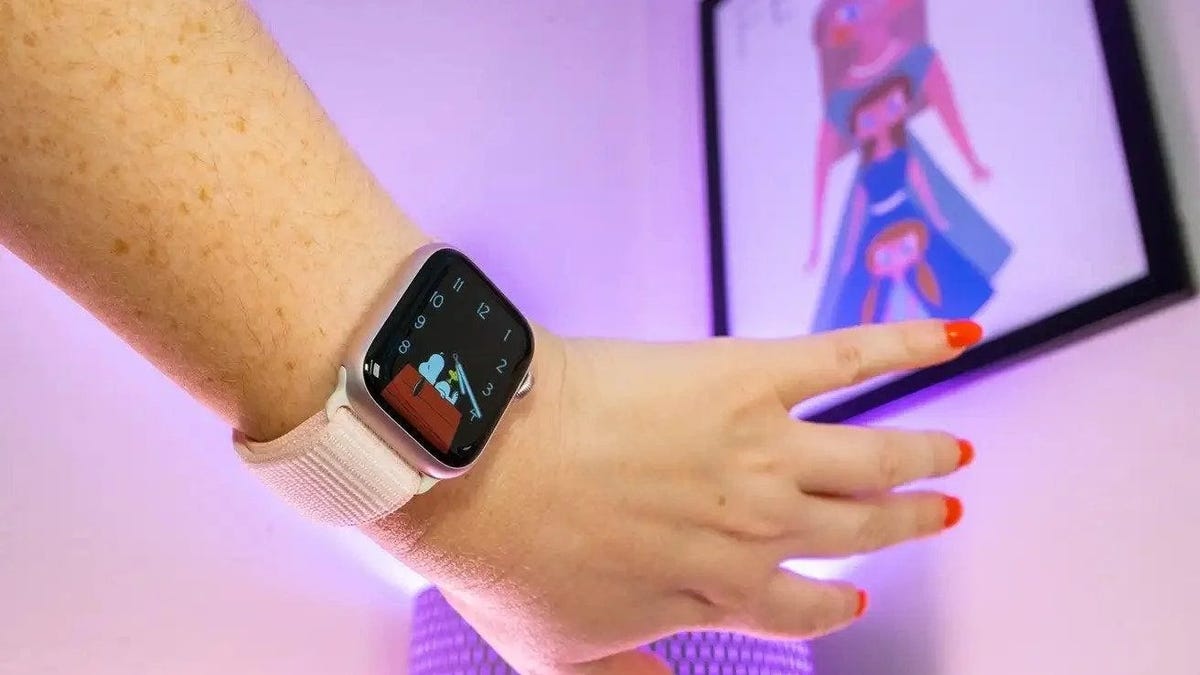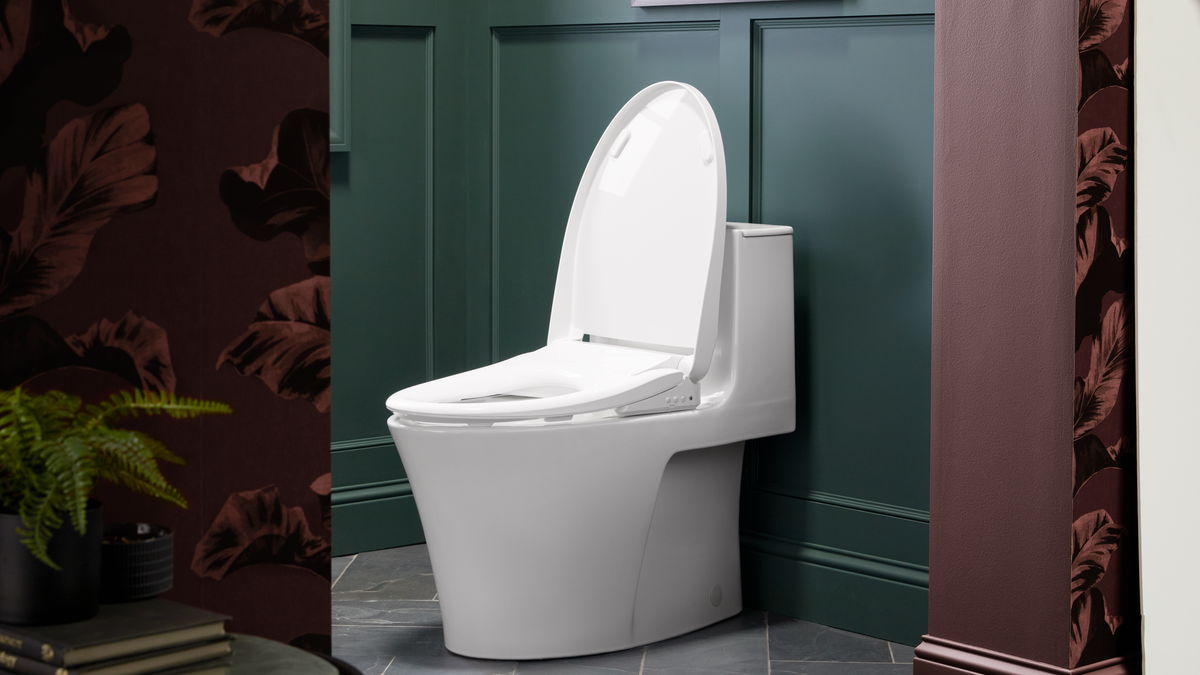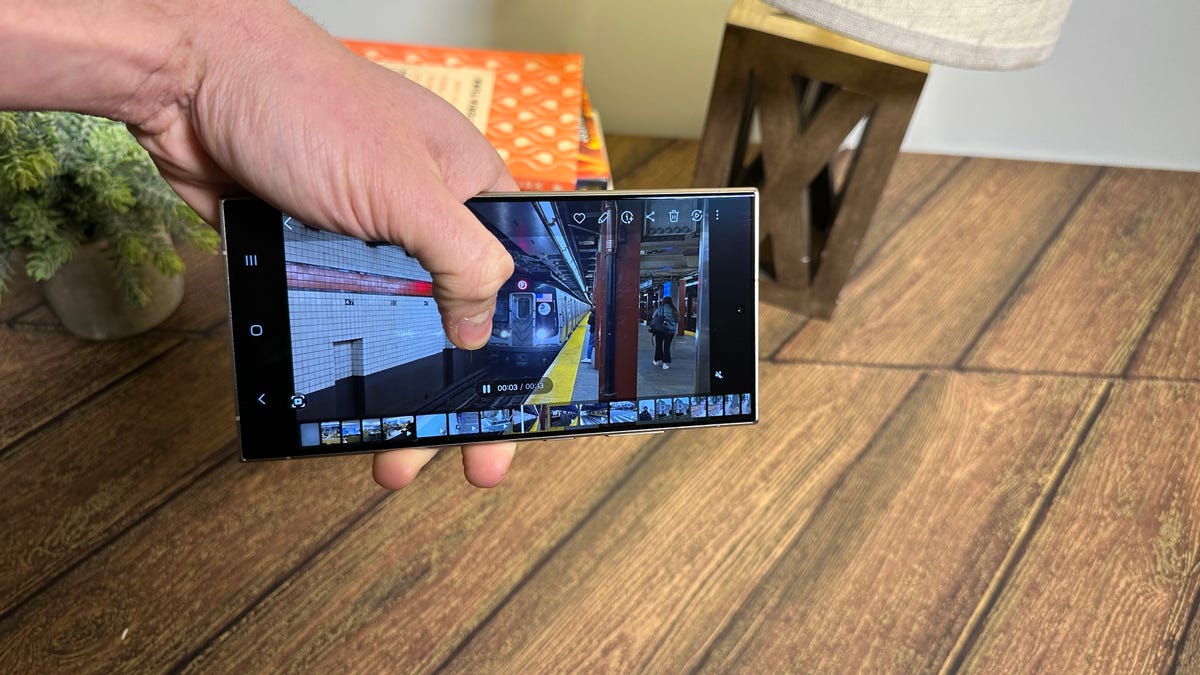ROG Zephyrus G14
This is one heck of a small gaming laptop that meets or beats expectations in all areas save for upgradability.
You can’t go wrong with the Zephyrus G14 if you’re looking for a gaming laptop without compromising too much in performance for its portability. The newly redesigned frame looks better than ever and is sturdy enough to take with you everywhere. It would be a perfect laptop if it weren’t for the small concessions made to performance and how you’ll need to opt for the more expensive version to ensure you can play current and future titles at the best settings.
Starting at $1,600
Pros
Beautiful new OLED screen with small bezels
Good performance compared to the size
Smart engineering means your palms won’t get too warm
Cons
You need to opt for the 32 GB RAM version due to the lack of upgradability
If I could, and if physics would let me, I would happily fly away on my Zephyr(us). From the time I opened the box on the newly-redesigned ROG Zephyrus G14 to finally sitting down to write this review, I was constantly surprised by all the ways I liked the Asus-owned brand’s pint-sized gaming laptop. For somebody who has long considered 16 inches the best form factor for a laptop, gaming or otherwise, 14 inches never felt so grand (get out your chuckles now).
Over the years, the Zephyrus G14 has routinely come up as one of the best gaming laptops you can buy. And yet, I still find myself surprised with the 2024 model. It feels slim, it looks good, it performs well, and it’s just so damn light while seeming to fix many of the worst heat issues born by small-package gaming laptops. I’m not one to get overly excited by CPU cores, clock speeds, or base stats, and I would rather exemplify ease of use, comfort, and a quality user experience. The Zephyrus G14 doesn’t seem to fail in any of those categories. My overly critical mind wants to find a bigger fault with the overall design, but I simply can’t.
Are there issues? Yes, mostly due to the soldered memory, making it impossible to upgrade. Instead, one singular PCIe 4.0 express slot is available for storage upgrades. It’s all the more glaring when there are fewer hardware options to pick and choose from, at least for now. While I’m satisfied with the number of ports on offer, I would have liked to see a full-size SD card slot, even if that isn’t typical of 14-inch laptops, not even high-end ones that cost upwards of $2,000. That, coupled with the stats on the CPU and GPU, means the laptop isn’t very future-proof, especially if you expect you’ll keep playing the latest titles.
The back panel now sports a monochromatic LED strip far more reserved than the previous “AniMe Matrix” light-up panel. It’s now an OLED screen with 3K resolution (2880 x 1800) supporting up to 120 Hz refresh rates. And hell, it looks nice in white, more than the silver gray I also saw earlier this year before CES.
There are fewer variations on offer compared to previous years. Among versions sporting the AMD Ryzen R9-8945HS, you will spend $1,600 for a version with an Nvidia GeForce RTX 4060 and 16 GB of RAM. Models with an RTX 4070 will set you back closer to $2,000, depending on the distributor and your desired specs. Last year’s G14 with an RTX 4090 GPU would run up to nearly $3,300, but there’s no option for that bigger card on the new 14-inch. If Asus ever decides to create an uber-powerful version of the 2024 revision, you can expect to pay a bit more for it.
The Zephyrus may have turned me into a 14-inch convert, especially as the heat dissipation is better than many 16-inch gaming laptops I’ve used so far this year. I’m hoping to compare ROG’s latest to HP’s small gaming laptop with the new Omen Transcend 14, which, too, looked very nice in person with the white frame and RGB keys. I didn’t even know I had until I saw how that one truly, the Zephyrus, so perfectly conforms and patches up the 14-inch hole in my heart.
ROG Zephyrus G14 Design and Heat Dissipation
The Zephyrus Redesign Belies a Lot of Smart Engineering
The 2024 model G14 has gone through some major renovations. First of all, it’s thinner by about .58 inches compared to last year’s model. It’s a small but very noticeable difference that makes all the other enhancements to the build quality that much more significant. If you need a direct comparison, it’s a hair’s breadth smaller than a MacBook Pro, which is saying something considering how much is packed in this 14-inch laptop with all the OEM parts. It’s dropped .5 pounds in weight to 3.3 pounds, and yet it feels solid whether you’re actively using it or carrying it around.
Gone are the days of the old “AniMe Matrix” cover panel that would let users create their own miniature light shows for any curious onlookers while you game. To an extent, it was a neat–or at the very least unique–feature that was still over the top, especially considering users themselves wouldn’t actually see it.
Instead, now there’s a single “Slash Lighting” panel that cuts corner to corner on the outside panel. It glows up with certain app notifications, and users can change the pattern with the built-in Armoury Crate app. My favorite was setting it to mimic the bass frequency of whatever you’re listening to. It’s certainly less boisterous than ROG’s previous G14 models. Still, it’s also easier to imagine taking the laptop out at a cafe without distracting everybody around you with your floating light-up cat image on the back of your PC. Still, you would probably disable the lighting feature if you’re going anywhere in public, so how much you’ll miss AniMe depends on just how much you want your laptop to scream “gamer” at the top of its lungs.
That’s especially true since the G14 is still not the quietest laptop around when under stress. There are three fans blowing pretty much all the hot air out the back of the laptop. We’ve previously complained that the small Zephyrus model can get hot in the worst ways. It’s hard to take a small laptop and dissipate heat well when under load. I was skeptical when Asus told me their new machine’s new heat pipes and heatsink fins would keep things cool, but I never felt anything extreme. The keyboard is kept cool on both ends while getting hotter in the center, where your hands won’t sit too long. An infrared thermometer shows the laptop is hotter the closer you get to the screen, and I saw a max of 116 degrees Fahrenheit on the rear exterior when it was under stress.
It’s within range of what other gaming laptops experience, but it’s also so well designed it keeps the heat away from where you’re using it most often. The warmest part of my desk was directly behind the laptop, where I was not expected to interact with it. That’s just a smart design.
Despite the new heat model, it’s a very sturdy device overall. The full aluminum chassis is rigid when carrying it around closed or when typing. ROG mentioned that designers increased the key size by about 12%, with both a 1.7 mm gap and travel distance. It’s one of the better laptop keyboards I’ve used, especially compared to the 2024 edition of the Razer Blade 16. It’s not Apple MacBook Air levels of precision for the 14-inch category, but I wouldn’t feel at all put out carrying this laptop around, especially thanks to the upgraded screen.
ROG Zephyrus G14 Display and Sound
This Small Laptop’s OLED Panel is Made Better with Small Bezels
The other big upgrade for the 2024 version of the Zephyrus is the move away from mini-LED to OLED. It’s pretty much the new name of the game for both gaming and non-gaming laptops. At this point, it’s pretty much dogma that OLED displays are slightly more power efficient while presenting better color contrast and deeper blacks. To not put too fine a point on it, the Zephyrus’ new 14-inch OLED screen is very nice and well worth the upgrade, but it’s made even better thanks to minimal bezels and strong base brightness.
The 3K, 16:10 screen maxes out at 500 nits of peak HDR brightness, which is good enough for both work (AKA blowing off work by watching Netflix) and gaming tasks. The display hits a maximum refresh rate of 120 Hz with a 0.2 ms response time, which is good enough for most gaming sessions. It’s a VESA True Black 500-certified screen that seems almost indulgent on a screen of this size. The screen also supports Nvidia G-Sync, which should reduce screen tearing and stuttering. Though I did experience a few rare stuttering issues on Warhammer 40K: Darktide, the rest was smooth sailing, no matter which game I ran.
None of that was truly surprising based on the specs I’d seen beforehand, though what did jolt me into my best rendition of a shocked Pikachu impression was the surprising sound quality from this small laptop. It’s not a full spatial experience, but in-game, it’s surprisingly immersive. There are four 2W woofers packed behind the two side speakers, which seemed to me to eclipse the size difference between it and other, bigger laptops.
ROG Zephyrus G14 Performance
About What You Expect, Though With Some Concessions
It’s hard to ignore how much the new G14 is still very much a gamer laptop. Every time you turn it on, you’re subjected to a blade-like “schwing” noise followed by the Republic of Gamers logo. My review version came with the base AMD R9-845HS CPU and the Nvidia GeForce RTX 4060 plus 16 GB of RAM. It’s currently the cheapest model from the 2024 lineup, but the next step goes to an RTX 4070 and 32 GB of RAM.
I can’t compare precise metrics between this laptop’s 4060 and 4070 versions, but it’s what you probably expect. I can get fair frame rates across the motley of demanding games in my library, but I’m most concerned about the minimal RAM included. The memory is soldered onto the motherboard so that you won’t be upgrading that anytime soon. That 16 GB is the very minimum of what you need for gaming nowadays, and I experienced slightly longer load times for programs and games than what I’ve come to expect from laptops at this price range. I would suggest opting for the versions with 32 GB, as soon enough, 16 will be too few for most applications.
Still, I couldn’t complain about my time with the Zephyrus on the AMD chipset. The R9-8945HS is notoriously equivalent to the R9-7940 series, though boasting slightly higher frequencies and clock speeds up to 5.2 GHz. All my CPU benchmarks on programs like Geekbench and Cinebench put it in line or just under some of the recent 14th-generation Intel Core i9 or Core Ultra 7 processors in both single-core and multi-core tests, but it’s generally solid for a 14-inch laptop. While this isn’t necessarily going to be your go-to pick for hardcore rendering tasks, it still manages to hold its own on Blender tests.
One thing to note about the new G14 is the small compromises made to shrink the overall footprint. The GPU’s TGP, or its total graphics power, is 65W in Turbo Mode. Add in the 25W from Nvidia’s Dynamic Boost shifting some power from the CPU to GPU, it’s still not reaching its full normal cap, which is 115W on a 4060.
With an RTX 4060, you’ll necessarily find yourself relying on subtle tricks to beat 60 FPS on high settings for the more demanding titles. Games like Warhammer 40K: Darktide won’t manage to beat 30 FPS on high settings without ray tracing enabled. However, with DLSS, you can break 60 FPS, and the game still looks great, though with very occasional stuttering. I saw a similar performance from Control, which also struggled to beat 40 FPS on the highest settings, even with DLSS.
In Baldur’s Gate III, I could get 60 FPS in interior scenes and between 30 and 40 FPS out on the streets of Baldur’s Gate in Act III. If you enable Nvidia’s super shader program, you’ll double the frames in both areas.
Cyberpunk 2077 was a nice surprise. I was hitting 45 average FPS on high settings with Ray Tracing, though trying to include ray-traced reflections or sun shadows will tank performance, likely in part due to the lack of RAM. I could beat 60 FPS with DLSS on high on crowded streets.
The new Zephyrus also allows you to switch between the mobile GPU and instead work on the discrete graphics on the AMD chip without needing to restart your PC. This will drastically reduce noise when you’re using the PC for non-gaming tasks.
All this manages to meet the bare minimum of expectations for playing the most recent games on the highest settings, which suggests that the G14 with RTX 4060 and 16 GB of RAM won’t hit all you may want from the most demanding games, especially those that don’t support Intel or Nvidia graphics boosters. Again, as much as it pains me to say it unless you’re absolutely certain you need to stay within your budget, you should bank more for the version with an RTX 4070 and 32 GB of RAM, at the bare minimum.
ROG Zephyrus G14 Battery
It Won’t Last You a Full Workday
Gaming laptops are meant to be played plugged in. That being said, the Zephyrus does have a modicum of staying power despite its small size. It’s a 73 Whr battery that is best charged with the included 180W adapter, which I found could get from 50% to full in about 30 to 40 minutes. It also supports USB-C charging up to 100W, which acts as a great backup I wish more gaming laptops would agree to include.
I wrote this review on the Zephyrus G14, and it dropped by 40% after two hours of constant use under normal work conditions. The battery lasted just under five hours overall before going into the red, which is about what I expect from a laptop of this size without putting it into any power savings mode.
Sure, you’ll likely get double the hours of battery life on low brightness with a video playback loop, but that’s not what you need the Zephyrus for anyway. If this were to become your pint-sized productivity laptop, there’s no reason you would need to dim everything and set it in power savings mode. Overall, you’ll want to make use of its beautiful OLED screen; the battery life is okay but not great.
Verdict
Not a Rebel or Liberator, Though a Truly Friendly Aviator
If I had one laptop to take with me and minimal size requirements, I might still reach for the latest MacBook Airs if all I needed was a productivity-minded machine. However, I would feel far more happy to have the 2024 Zephyrus G14 by my side for anything demanding a bit more respite and pleasure. In all the ways that matter, it’s as close to pint-sized perfection as we’ve gotten so far from a gaming laptop. It’s lighter than ever, smaller than ever, and won’t raise too many eyebrows if you take it out at the coffee shop or set it up on the airplane’s tray table.
Asus did have to make some concessions to make up for the slimming down, yet it makes up for those with general intelligent engineering, which makes me think other makers should start taking notes. Consider me a convert if this is the epitome of what 14-inch gaming can be.


